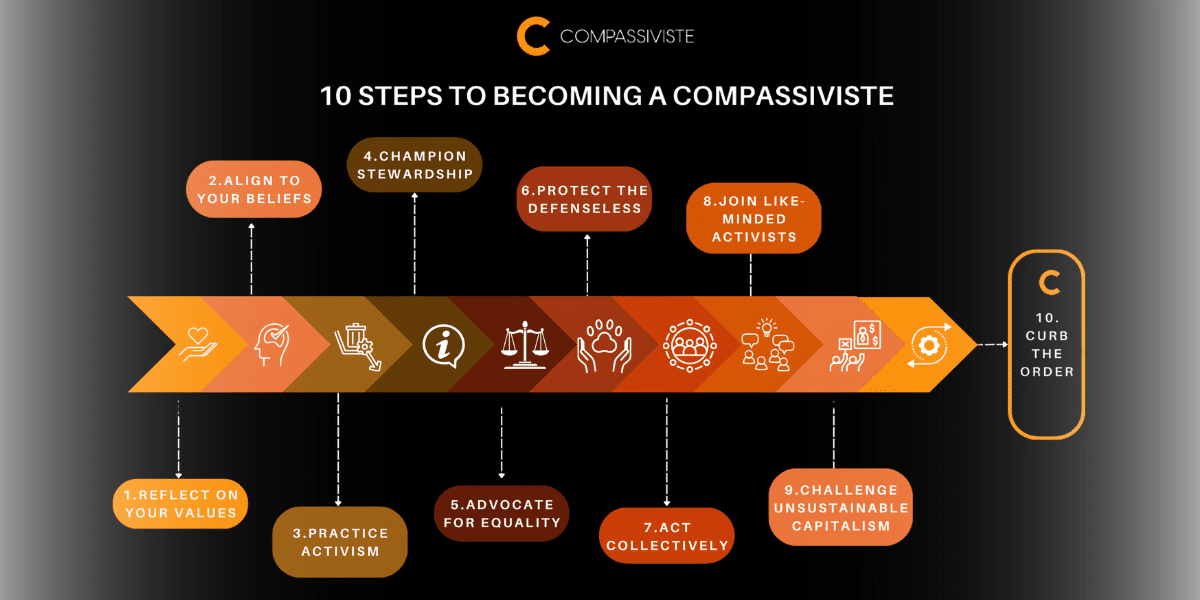By: Maria Williams
Property valuation is critical for determining asset performance and ensuring that owners receive the correct reimbursements for their structure in the case of losses. However, the insurance industry norm has been to use a piecemeal strategy for discerning value. This approach relies on user expertise for most software and also assumes that the market is not part of financial assessments. e2Value, a SaaS platform serving US and Canada that offers full-feature asset valuation services, disrupts this systemic issue with an economic method for calculating value.
Co-founded in 2000 by Todd Rissel and George Moore, e2Value was established to fill long-standing gaps in property valuation services. George and Todd had extensive experience in insurance underwriting and appraisals and recognized the need for a better strategy.
While working in insurance, George and Todd learned about the property valuation process.
They interviewed builders to understand the monetary value of parts within the home as well as the market, local or global, that affects rebuilding costs. This process seems straightforward, especially when these professionals have well-respected software for giving the ‘right’ value to a loss. Prior to starting e2Value, for over a decade, Todd and George noticed that building, watching, adjusting, and publishing replacement costs weren’t as effective as expected. It seemed the loss was always higher than the coverage given. In their view that meant there was a fundamental flaw in the valuation process at that time.
Their research used data from builders. They used that builder data to compare with their newly developed e2Value valuation software. They also compared that data to the standard legacy software at that time. The data showed how significant value was missed by the existing software. From 1999 until 2023, real data from real losses show that e2Value closely follows actual rebuilding estimates. The data follows the same patterns in 2023 that were seen in 1999. These figures are outlined in e2Value’s Economic Approach to Valuation Whitepaper.
Looking at the current issues of more frequent and higher damage catastrophes as well as regular conductive storms provides further evidence that the same old technology can’t keep up with current trends or demands.
Some software uses the same methodology in total losses that are used in valuing partial loss settlements. However, Todd warns that this approach severely underestimates value, especially as structure values increase in base value. The e2Value Economic Approach looks at the whole structure versus just the sum of the parts. Not only is it critical to match the existing level of materials both in quantity and quality, but where the owner shops, or will need to shop, must be considered. By this, e2Value refers to the assumed value of an item when associated with a specific brand. Think of the difference between 2% generic milk and that of organic milk. There will be small differences in how much it costs to produce the product, but the rest of the price is tied to premium brand awareness. Consumers pay for the logo.
Another factor that bolsters e2Value’s economic approach to valuation is that other kinds of valuations don’t utilize the pieces and parts strategy. Other kinds of valuations also take the market into account when defining the value of fine art, jewelry, or an automobile– almost anything except structures. It is clear that not factoring the market into asset valuation creates a valuation gap.
The consequences of these omissions can cause insurance companies to poorly manage risk, limit their access to more capital, and eventually even exit the market. A barrier preventing companies from adopting technology like e2Value’s replacement cost software can be related to a history of success. Most carriers are steeped in their history and legacy–in a good way–and may have proudly provided their services for 100 years. Change is tough especially in the insurance arena and especially in a seemingly mundane part of the insurance chain.
Boardrooms and leadership need a very good reason for shifting any part of their operations. However, if they do make this change, Todd notes that it could take as little as one year to elevate their success.
“We believe following the parts and pieces process can lead companies into trouble,” says e2Value CEO Todd Rissel. “Every financial transaction from a mortgage to stock picking compares like to like in an open, free market. All those transactions are done by comparing the whole of one asset to the whole of another. Those transactions also relate to the whole of an asset as with a total loss. Partial losses are the sum of some parts, some labor, some overhead, and profit. From autos to homes, to football stadiums, all partial losses involve repair and replacement. We believe, and think the data from every large loss event show that a total loss is different. A total loss, as with any asset valuation or transfer, must factor in the current market for that asset to a localized, neighborhood by neighborhood granularity. Economics is a part of everyday life and we believe should be the foundation of any asset valuation. If economics are ignored, the person or company doing so does so at their own peril.”
Since its founding in 2000, e2Value has created proprietary tools that utilize its economic approach. These asset valuation products are invaluable for determining replacement costs and actual cash value and generating robust and accurate reports. e2Value grew exponentially during the pandemic as asset value became increasingly important to understand and leverage. As the company plans for its future, it has ambitions to expand into the Australian and UK markets as it continues to refine its technology.
Published By: Aize Perez












